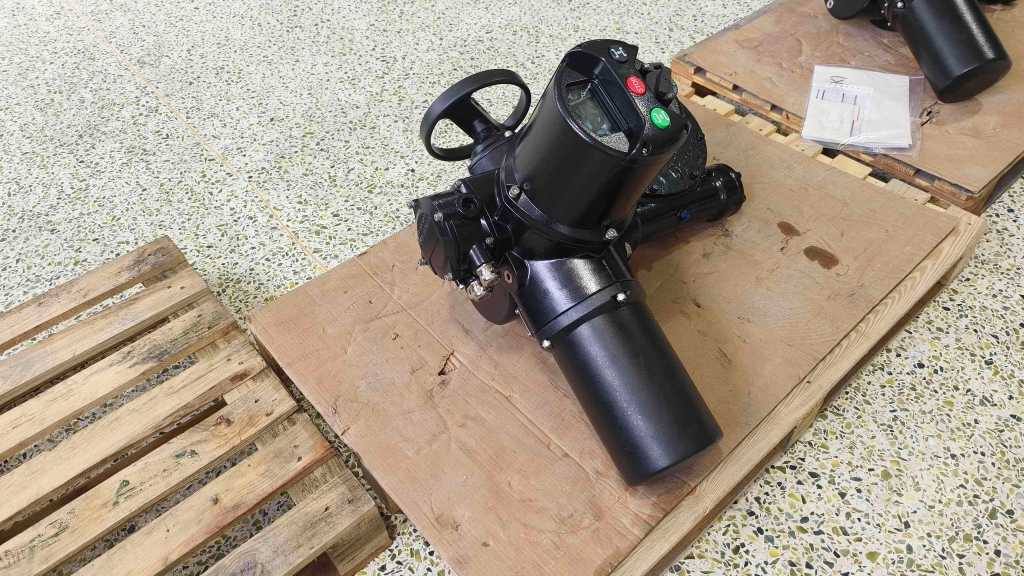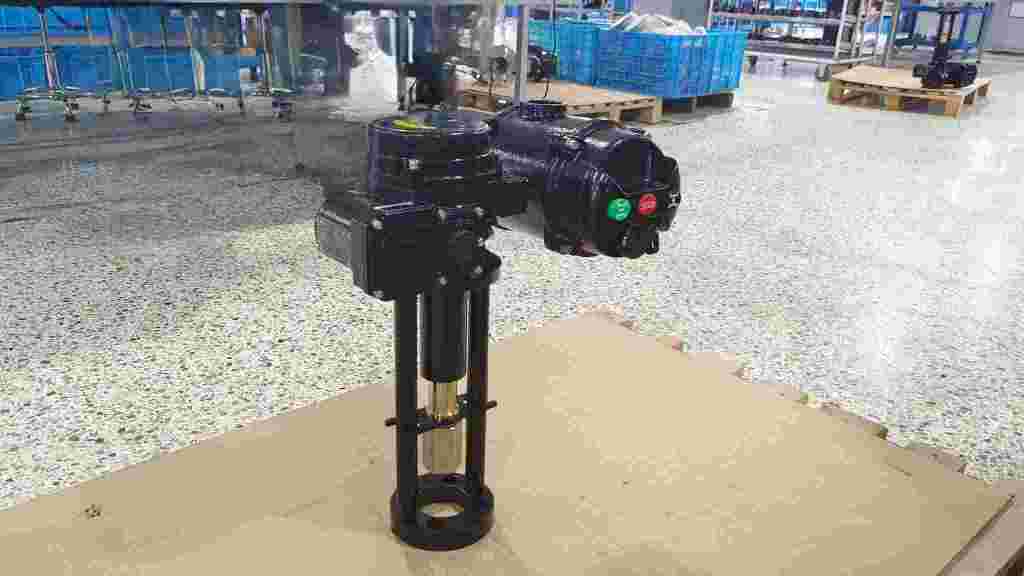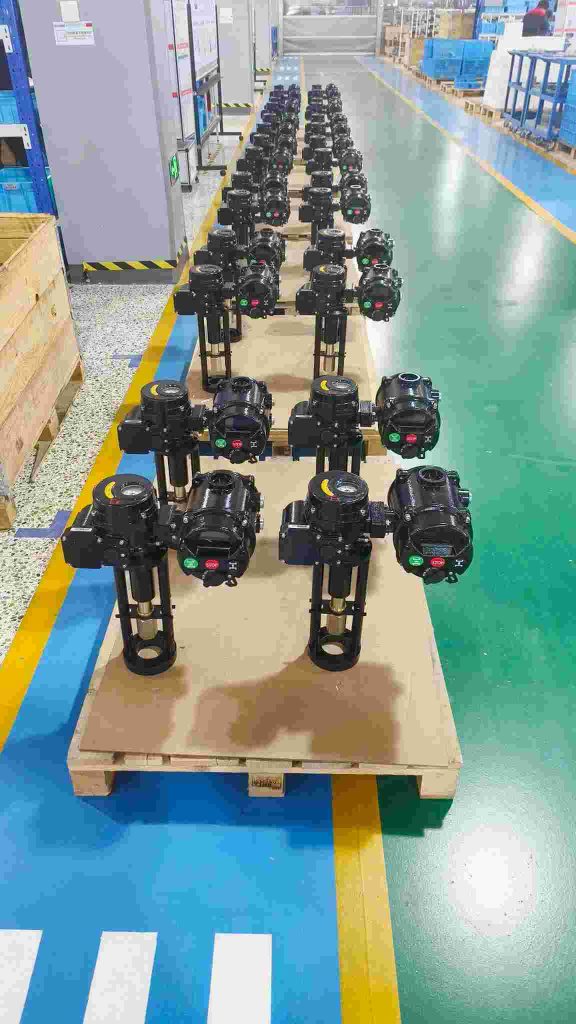The field of automation has seen remarkable advancements over the years, and at the forefront of these developments is the intelligent integrated electric actuator (IIEA). This cutting-edge technology combines the traditional electric actuator with advanced intelligence, creating a powerful solution for a variety of industrial applications. With a growing emphasis on improving efficiency, precision, and adaptability, intelligent integrated electric actuators are significantly transforming automation systems. This article explores the key features, benefits, and role of collaborative automation in shaping the future of IIEAs.

The Rise of Intelligent Integrated Electric Actuators

Electric actuators have long been used in various industries to convert electrical energy into mechanical motion. They are commonly found in applications such as robotics, HVAC systems, industrial machinery, and automotive components. However, traditional actuators, while effective, often lacked the ability to adapt to dynamic environments, making them less suited for modern, highly automated processes. This limitation has given rise to the intelligent integrated electric actuator. An intelligent integrated electric actuator is essentially a combination of a standard electric actuator, a built-in controller, and sophisticated sensors. These actuators are capable of processing data in real-time, adjusting their operation based on feedback from the environment or system. With integrated communication protocols, they can interface seamlessly with other components of an automation system, such as PLCs (programmable logic controllers) and SCADA (supervisory control and data acquisition) systems. This integration allows for more accurate, flexible, and reliable automation.
